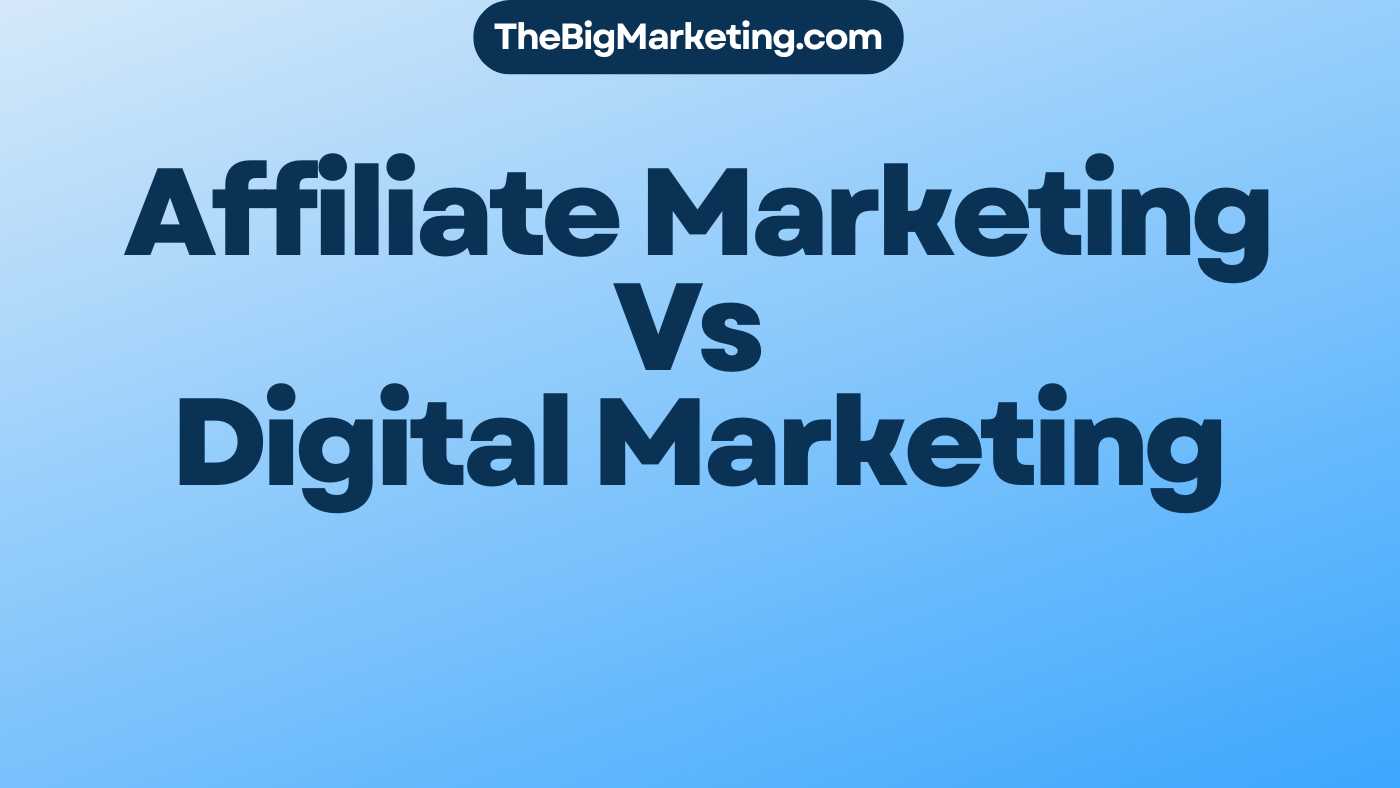An effective SEO action plan should be a document that the business uses to enhance its online appearance. It can also attract new customers or help raise clients’ online visibility to improve customer conversion.
Whether you’re a small business owner, a digital marketer, or just one who seeks a career in SEO, below is an SEO action plan for assured higher rankings and visibility in search engines.
SEO Strategy in the Digital Age
SEO is all about making your site organization more visible in SERPs through its content. More internet visibility drives more organic web traffic, which eventually means more leads for sales.
Steps to Set Goals:
- Define your target audience: Determine who will most likely consume the content. Do they target a specific demographic, industry, or geographical location?
- Set SMART goals: For example, “Increase organic traffic by 20% within 6 months” or “Attain a top-3 ranking for [specific keyword] within 3 months.”
- Develop SEO Objectives in Alignment with Business Goals: See to it that the SEO goals that are set are very much in sync with business goals.
How to Develop an Effective SEO Plan
An effective SEO plan for every kind of website is the key to an increased level of visibility, a desired amount of organic traffic, and, in general, the achievement of business goals.
Here’s a step-by-step way through which the creation of an effective SEO plan can be done:
Technical SEO
First and foremost, we have to set up a proper technical base for your website. It’s just like building a house: you first need a strong foundation before you can apply decorations.
- Site Speed: Nobody likes a site that takes forever to load. Use something like Google PageSpeed Insights to actually check how long your site takes to get up and going. There are also dynamic image compressing tools and minification of CSS and JavaScript.
- Site Structure: Make your website structure user-friendly. The web pages should have a logical hierarchy and a clear sitemap. This way, your users and the search engines will be able to navigate around your site as if wading through a maze.
- SSL Certificate: You probably already have this; it’s that small padlock icon on the address bar. It is not just for security; it guides search engine bots.
In-Depth SEO Audit
Before you can improve anything in your website’s SEO, you first need to know how it is currently functioning. Conducting an SEO audit uncovers not only the strengths of your site but also points out weaknesses and areas that can be improved.
An SEO Audit includes the following:
- Technical SEO Audit: Page loading speed, broken links, duplicate content, poor usability on mobile.
- On-Page SEO Audit: Content, Keyword usage, link building, and overall user experience: Make sure every page targets its keyword and adds value for the reader.
- Off-page SEO check: These include looking at your backlink profile, social media presence, or online reputation.
Keyword Research
Analyzing target keywords has to be at the core of a good SEO action plan. It involves researching search terms that your clientele is using to search for your business activities or related queries.
Remember the following to make a working keyword:
- Brainstorm Keywords: Start with rough terms related to your area or sector of operation. To widen your list, use the free Google Keywords Tool.
- Analyze Search Intent: Understand why users search for certain terms. Are they looking for information, making a purchase, or seeking a service? Align your content with their intent.
- Prioritize Relevant Keywords: Focus on high-volume, low-competition keywords relevant to your business. Often, these will be “long-tail” keywords.
Content Strategy
Content is king in SEO. It’s how you create a plan that delivers time and time again:
- Regular blogging. Ideally, have content calendars in place and make all attempts to follow through with the same — at least one quality post a week. Let that content be anything, from how-to guides to listicles, opinion pieces, and case studies.
- Refresh old ones. All of your old articles or posts should not be left here, not even a word. Update them every now and then with new pieces of information, new examples, and current statistics. Perhaps some of them might have a second chance at high rankings in search engine results pages.
- Video or visual content. YouTube was established not so long ago. It is now ranked 2nd on the search engine list after Google. So, if a couple of your content goes viral, be sure not to let the advantage of making their video versions pass you by.
On-Page Optimization
On-page optimization is an important activity that helps improve your website’s ranking on search engines. It is implemented by structuring every page of the website with respect to targeted keywords.
Some on-page SEO elements include:
- Title tags
- Meta descriptions
- Header Tags (H1, H2, H3 etc.)
- Image optimization
- Internal linking
Building Quality Backlinks
In SEO, backlinks are everything: they are links from other sites luring people back to yours and are the cue to search engines that your content is valuable and authoritative.
Some ways to build backlinks
- Guest Blogging. It’s essentially writing for other sites in your niche. Just establishing associations with the leading website-relevant authorities in your industry by guest blogging alone will provide you with a link in your author bio.
- Outreach for Links: Contact topically relevant websites and ask them to link to your content. This works well if your content benefits their audience in some way.
- Keep Track of Your Backlinks: Monitor backlinks coming to your website, and use some tools to discover junk or bad links that harm your SEO.
Monitoring and Measuring Success
SEO never ends; you need to keep track of your progress consistently and see if any changes are required in your SEO strategies.
Tools to use include:
- Google Search Console
- Google Analytics
- SEO tool
Carefully compare these search results regularly with the goals you set at the beginning of your ActoP plan for SEO. Do you seem to be on course to meet them?
Not getting what you expected? Consider brushing up on your keyword research, content strategy, or backlink-building efforts. SEO is all about flexibility and continued improvement.
Conclusion
A good SEO action plan follows SEO basics and monitors the state of play. Following these steps, you will go on your way to having success in better visibility, attracting more visitors, and achieving business goals.
Understand that search engine optimization is long-term, and you need to be very patient and learn continuously. Refined approaches bring in the reward of higher search engine rankings.







